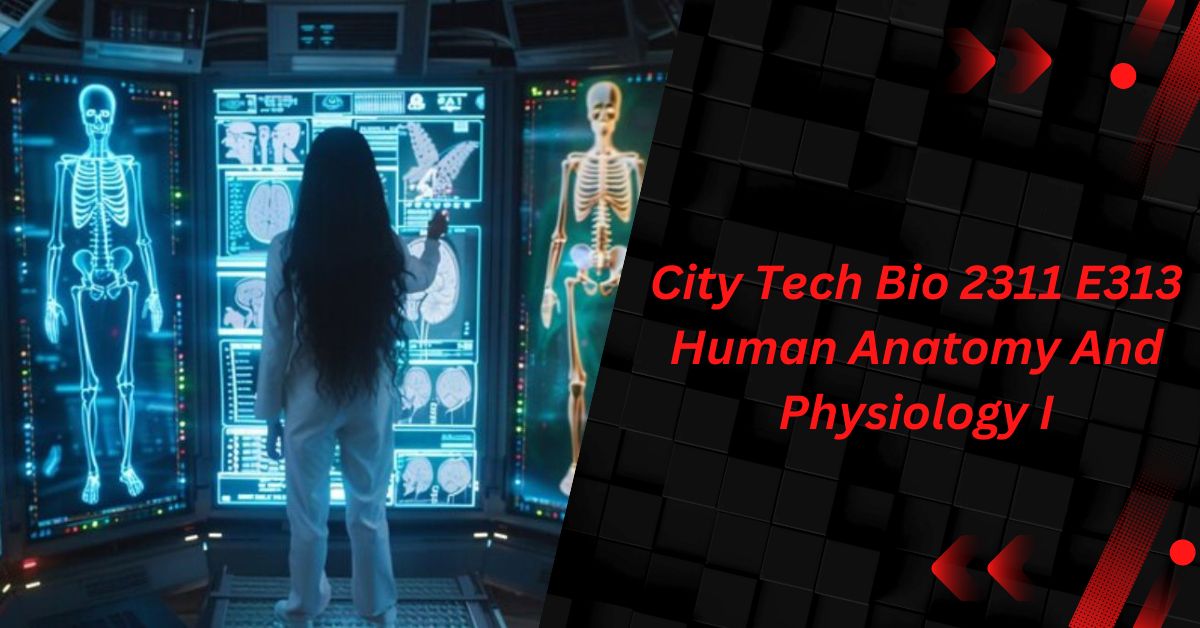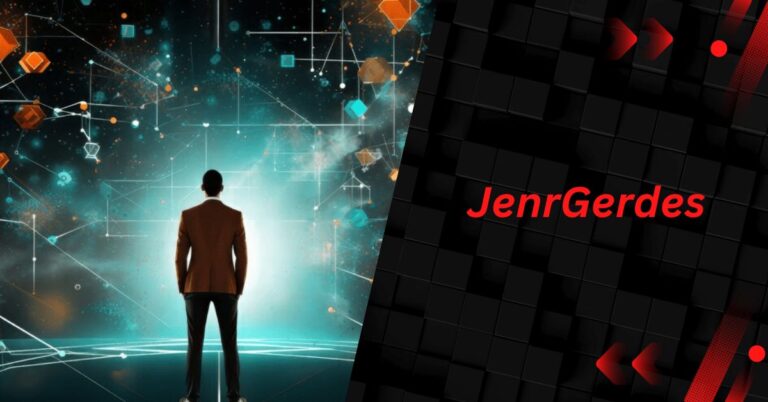City Tech Bio 2311 E313 Human Anatomy And Physiology I
Welcome to the ultimate guide on City Tech BIO 2311 E313: Human Anatomy and Physiology I. This course is designed for those eager to dive into the fascinating world of human anatomy and physiology. Whether you’re a prospective student, a current student looking for additional resources, or simply interested in learning more about this subject, this guide will provide you with comprehensive insights, interpretations, and analyses that go beyond what’s available online.
Course Overview
City Tech BIO 2311 E313: Human Anatomy and Physiology I serves as an entry point for understanding the complexities of the human body. The course is structured to cover fundamental aspects of human anatomy and physiology, laying a solid foundation for more advanced studies.
Key Topics Covered
- Introduction to Human Anatomy and Physiology
- The Chemical Level of Organization
- Cell Structure and Function
- Tissue Types and Their Functions
- Integumentary System
- Skeletal System
- Muscular System
- Nervous System
Introduction to Human Anatomy and Physiology
Human anatomy and physiology explore the structure and function of the human body. This course begins with an introduction to these two closely related fields. Anatomy focuses on the structure of body parts, while physiology studies how these parts function and work together to sustain life.
Importance of Studying Human Anatomy and Physiology
Understanding human anatomy and physiology is crucial for several reasons:
- Medical Knowledge: Provides foundational knowledge for medical and health-related professions.
- Body Awareness: Enhances understanding of how the body works, promoting better health and wellness.
- Problem-Solving: Develops critical thinking skills to diagnose and treat medical conditions.
The Chemical Level of Organization
The human body is composed of chemicals, ranging from simple molecules to complex structures. This section covers the basics of chemistry as they relate to human physiology.
Basic Chemistry Concepts
- Atoms and Molecules: Building blocks of matter.
- Chemical Bonds: How atoms combine to form molecules.
- Chemical Reactions: Processes that change the structure and function of molecules.
Biochemistry and the Human Body
- Organic Molecules: Carbohydrates, proteins, lipids, and nucleic acids.
- Enzymes: Catalysts that speed up biochemical reactions.
- pH and Homeostasis: Maintaining balance in body fluids.
Cell Structure and Function
Cells are the basic units of life. Understanding their structure and function is fundamental to all of biology and medicine.
Cell Theory
- All living things are composed of cells.
- The cell is the basic unit of life.
- All cells come from pre-existing cells.
Cell Structure
- Cell Membrane: Controls what enters and leaves the cell.
- Cytoplasm: Jelly-like substance where cell activities occur.
- Nucleus: Contains genetic material (DNA).
Cell Function
- Metabolism: Chemical reactions within cells.
- Protein Synthesis: Making proteins from genetic instructions.
- Cell Division: Mitosis and meiosis.
Tissue Types and Their Functions
Tissues are groups of similar cells that perform a specific function. This section covers the four primary tissue types.
Epithelial Tissue
- Function: Covers and protects body surfaces and organs.
- Examples: Skin, lining of digestive tract.
Connective Tissue
- Function: Supports and binds other tissues.
- Examples: Bone, blood, fat.
Muscle Tissue
- Function: Produces movement.
- Examples: Skeletal muscles, heart muscle.
Nervous Tissue
- Function: Transmits electrical impulses.
- Examples: Brain, spinal cord, nerves.
The Integumentary System
The integumentary system includes the skin and its accessory structures. It is the body’s first line of defense against environmental hazards.
Functions of the Integumentary System
- Protection: Against pathogens and injury.
- Regulation: Body temperature and water loss.
- Sensation: Detects touch, pressure, pain, and temperature.
Structure of the Skin
- Epidermis: Outer layer of skin.
- Dermis: Middle layer containing blood vessels and nerves.
- Hypodermis: Deepest layer, primarily fat tissue.
The Skeletal System
The skeletal system provides structure and support to the body. It includes bones, cartilage, ligaments, and joints.
Functions of the Skeletal System
- Support: Framework for the body.
- Protection: Shields vital organs.
- Movement: Works with muscles to produce movement.
- Mineral Storage: Stores calcium and phosphorus.
- Blood Cell Production: Occurs in bone marrow.
Types of Bones
- Long Bones: Example: Femur.
- Short Bones: Example: Carpals.
- Flat Bones: Example: Skull.
- Irregular Bones: Example: Vertebrae.
Joint Types
- Fibrous Joints: Immovable.
- Cartilaginous Joints: Slightly movable.
- Synovial Joints: Freely movable.
The Muscular System
The muscular system is responsible for movement and consists of different types of muscles.
Types of Muscle Tissue
- Skeletal Muscle: Voluntary muscles attached to bones.
- Cardiac Muscle: Involuntary muscle found in the heart.
- Smooth Muscle: Involuntary muscles in organs.
Muscle Function
- Contraction: Shortening of muscle fibers to produce movement.
- Relaxation: Lengthening of muscle fibers to return to resting state.
The Nervous System
The nervous system controls and coordinates body activities by transmitting electrical signals.
Central Nervous System (CNS)
- Brain: Control center of the body.
- Spinal Cord: Transmits signals between the brain and the rest of the body.
Peripheral Nervous System (PNS)
- Nerves: Transmit signals to and from the CNS.
- Sensory Receptors: Detect changes in the environment.
Neurons
- Structure: Cell body, dendrites, axon.
- Function: Transmit nerve impulses.
Study Tips for City Tech BIO 2311 E313
Successfully navigating City Tech BIO 2311 E313: Human Anatomy and Physiology I requires effective study strategies. Here are some tips:
Active Learning Techniques
- Flashcards: For memorizing key terms and concepts.
- Diagrams: Drawing and labeling anatomical structures.
- Practice Questions: Testing your knowledge regularly.
Time Management
- Consistent Study Schedule: Regular study sessions.
- Breaks: Short breaks to avoid burnout.
- Prioritize: Focus on difficult topics first.
Utilize Resources
- Textbooks: Primary source of information.
- Online Tutorials: Supplement your learning.
- Study Groups: Collaborative learning with peers.
Frequently Asked Questions (FAQs)
What is the focus of City Tech BIO 2311 E313?
The course focuses on the structure and function of the human body, covering key systems such as the skeletal, muscular, and nervous systems.
How can I succeed in City Tech BIO 2311 E313?
Success requires consistent study, active learning techniques, effective time management, and utilizing available resources.
What are the prerequisites for this course?
Prerequisites typically include a basic understanding of biology and chemistry, but specific requirements may vary.
Is there a lab component to City Tech BIO 2311 E313?
Yes, the course often includes a lab component where students can gain hands-on experience with anatomical models and physiological experiments.
Conclusion
City Tech BIO 2311 E313: Human Anatomy and Physiology I offers a comprehensive introduction to the human body, laying the groundwork for further studies in health and medical fields. By understanding the fundamental principles covered in this course, students can build a solid foundation for their future careers.






